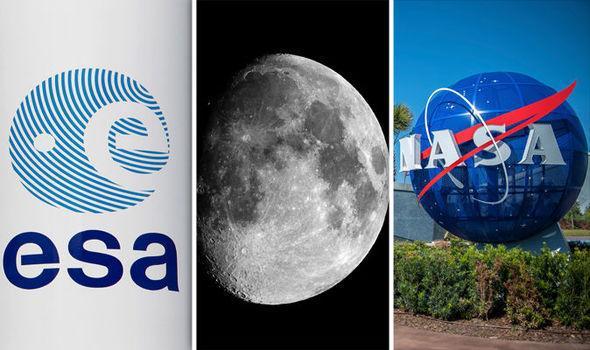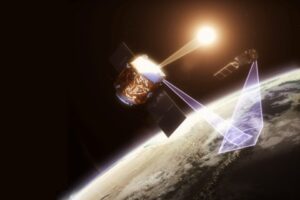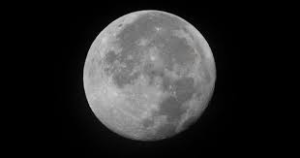ESA vs NASA: Comparing the Agencies’ Contribution to Space Exploration
4th Mar 2022
Space has attracted humanity for many centuries, but when it comes to ESA vs NASA contribution – which agency is more powerful? Only 60 years ago, we managed to reveal the secret of black matter and break out of the Earth’s atmosphere. The TOP of the most authoritative national organisations for space exploration includes CNSA (China), ISRO (India), JAXA (Japan), Roscosmos (Russia), but today we will talk about two undisputed leaders – NASA and ESA. Read the ESA NASA agencies’ comparison to see who Orbital Today ranks first.
ESA and NASA basic facts
NASA, USA
National Aeronautics and Space Administration carries out the US civil space program and aerospace, scientific, and technological research in the fields of aviation, aeronautics, and astronautics.
NASA was founded on 29th July 1958, during the space race and in response to the USSR’s launch of the first satellite. The agency reports directly to the Federal Government and the President of the United States.
- Headquarters: Washington, DC.
- Staff: 18,000 people.
- Annual budget (2021): $23 billion
- Key programmes: Mercury, Gemini, Apollo, SkyLab, Space Shuttle, International Space Station, Constellation, Artemis.
- Launch vehicles used: Thor, Titan, Delta, Atlas, Saturn, Antares, Minotaur, SLS.
ESA, Europe
The European Space Agency brings together 22 member countries in space exploration. The leading members are Germany, Italy, France, and Great Britain.
Founded 1975.
- Headquarters: Paris, France.
- Staff: 2,400 people.
- Annual budget (2021): €6.5 billion.
- Key programmes: Copernicus, Cosmic Vision, ExoMars, FAST 20XX, Galileo, Horizon 2000, Living Planet Programme
- Launch vehicles: Ariane, Vega, Soyuz.
ESA vs NASA: comparing two space agencies by 5 key parameters
Experience: NASA vs ESA
NASA has existed for 63 years, but one can start the countdown from 1915 when the US National Advisory Committee on Aeronautics was founded. Later, the Committee served as the founding basis for the space agency. That is, the Americans already have 100+ years of experience studying aeronautics and astronautics, while Europe united its efforts for this purpose only 46 years ago. The scale of organisations proves the same point: NASA employs almost 8 times more specialists, which means they can cover more areas of activity. And this aspect of the NASA vs ESA comparison offers an obvious advantage in NASA’s favour.
European Space Agency vs NASA in financing
The ESA budget is growing rapidly, while the NASA budget has been manoeuvring around $20 billion (plus-minus 2-3 billion) for several years. Still, NASA’s budget is almost three times higher than the record budget for ESA this year (6.5 billion). The reason for this difference in funding is pretty simple. Even though ESA includes 22 countries, and NASA is overseen by the USA alone, the total ambitions of European countries in space are much more modest. So, 2-0 in favour of NASA.
ESA NASA programmes and missions
The great 20th century space race between the USA and USSR left NASA a great legacy in manned space flights (Gemini, Space Shuttle, ISS), as well as missions to the Moon (Apollo), Mars (Curiosity), and Jupiter (Juno). At the time, the country spent up to 5% of its GDP on these programs. This largely determined the main directions of the agency’s activities. Today, NASA is preparing for the second attempt to colonise the Moon as part of the Artemis mission and is successfully exploring Mars (Perseverance).
ESA has always focused on more down-to-earth goals. The agency does not have its own manned programme, but is targeting satellite missions, exploration of the Earth and other planets, as well as robotic processes to improve the safety and comfort of astronauts in space. In total, the ESA has more programmes, but NASA’s scale is larger.
Besides, NASA and ESA complement and help each other on some missions, i.e., Hubble and James Webb telescopes, Venus Mission, etc. So, an honest draw at this point of the European Space Agency vs NASA comparison.
NASA and ESA capacity
NASA is a purely American organisation, so it can, by default, rely only on its own country’s resources. No doubt, the US’s potential is enormous, but 22 countries are still better than one. Besides, the ESA closely collaborates with Russia, one of the three space powers after the US and China.
Thus, ESA’s capabilities are potentially higher than those of NASA, especially given the leading member countries’ interest in developing the space industry. The UK alone, which, despite Brexit, continues its membership in ESA, plans to open 7 spaceports on its territory and launch at least two of its own light-class rockets the next year.
Germany and Spain have similar intentions, and the French company Arianespace is preparing to release a modification of the Ariane 6 launch vehicle, which should be a strong competitor to American rockets.
Considering the potential and intentions, ESA gets another point in its bank.
NASA vs ESA philosophy
If NASA always aspired to lead in the space race (the further we advance in space, the better for the country’s image), ESA chose to focus on applied tasks to develop scientific potential, thus, increasing the comfort and safety of mankind on Earth. Given a choice between PR and benefit, we choose the latter and award another point to ESA.
Conclusion: European Space Agency vs NASA
We deliberately came to a draw in this comparison because it would be wrong to single out one agency as the unconditional leader. Both make a huge contribution to space exploration and the development of new technologies, and only time will tell whose strategy, ESA vs NASA, will be more beneficial.






Thank you for your comment! It will be visible on the site after moderation.